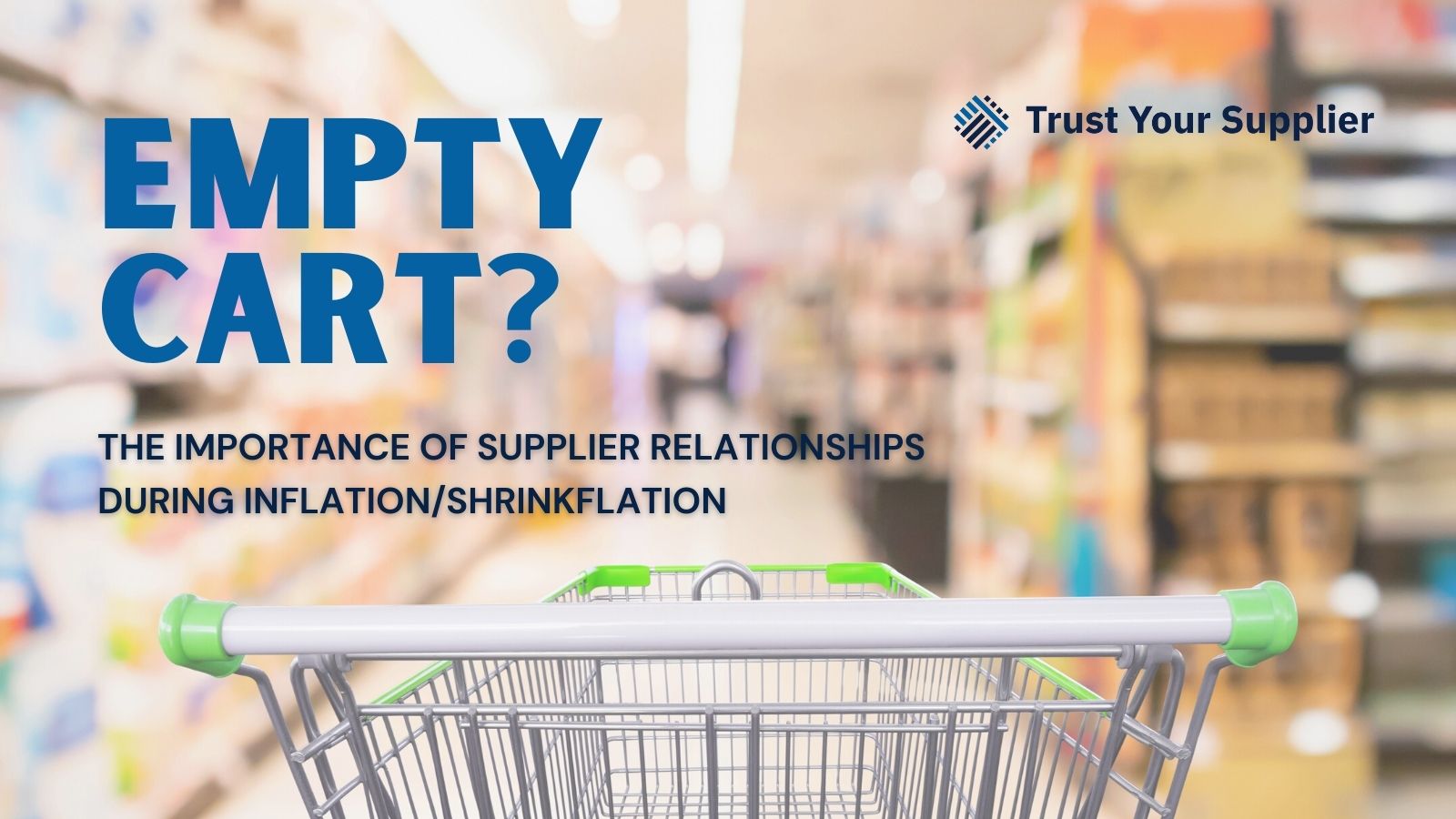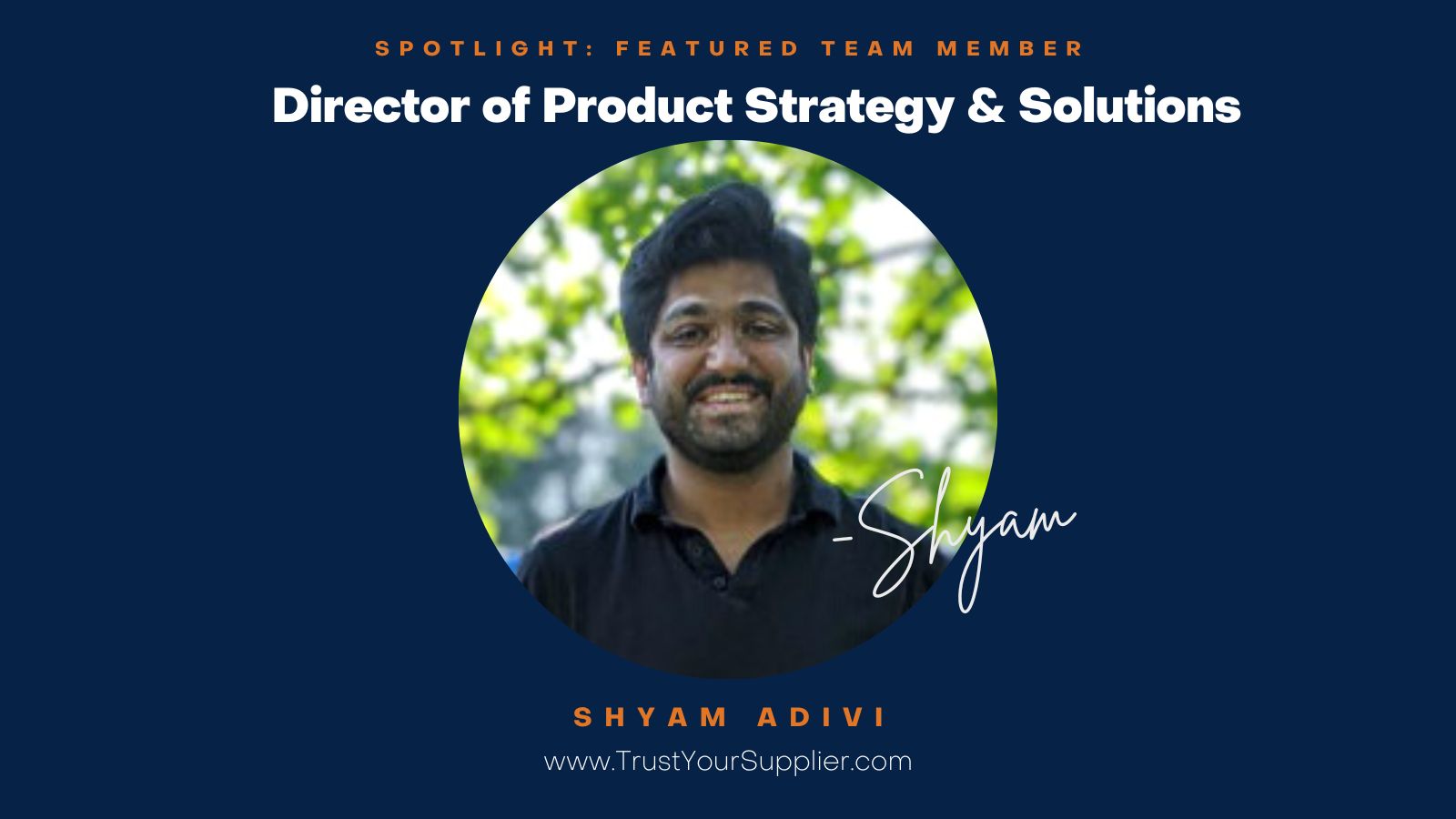Inflation is a hot topic, and of course, outside of my personal wallet, my procurement background means that I usually view inflation/shrinkflation through a supply chain lens – more specifically, relationships and visibility.
For example, Dawn Tiura’s recent article on the introduction of a “grocery conduct code” was worthwhile reading for several reasons.
To start, citing the inflation battle between a large grocery retailer and Frito-Lay explains why price hikes are happening and why the manufacturer pulled some of my favorite snacks from the grocer’s shelves. By the way, some consumers have benefited from the situation because they discovered that alternative boutique brands were tastier and easier on the budget—more savings in their wallets.
That said, according to reports, by “providing clarity for business practices and establishing guiding principles” to “improve industry relationships” across supply chains, this new code will “ultimately benefit consumers as well.”
Of course, the code alone will not improve supply chain visibility resulting in a mutually positive buyer-supplier result. Companies will have to leverage real-time digital capabilities to assess market conditions and potential price hikes to allow them to collaborate on a solution with suppliers before it gets to the point of a loggerhead.
A State of Ready Visibility
The conduct code, or any legislative intervention, can be positive, especially when it “motivates” organizations to examine the state of their extended supply chains. I emphasize the words “extended supply chains.”
Not surprisingly, there is usually a greater familiarity and a much better understanding of the relationship with tier-one suppliers. These relationships can still be challenging, e.g., the retail grocer and Frito-Lay example from Dawn’s article.
What stood out to me from that example was the grocer’s ability to quickly tap into their second and possibly third-tier network to fill their empty shelves with quality product alternatives when their primary supplier stopped shipping their product.
It is clear that the retailer’s ability to engage their extended supply chain partners occurred long before the impasse with their leading supplier came to a head.
Here is the question: If you were to find yourself in the same position as the grocer, how quickly would you be able to identify and engage your next-tier suppliers? What is your state of ready visibility?
Extended Visibility by the Numbers
According to McKinsey, many organizations wouldn’t be able to respond to disruption by inflation or otherwise as quickly as they would need to or would want. Only 21 percent of companies have “visibility beyond their tier-one suppliers,” with only 2 percent having sufficient insight to engage their tier-three suppliers on short notice effectively.
Regardless of whether you are contending with inflation or geopolitical instability, or any other possible or probable supply chain challenge having complete line-of-site visibility throughout all tiers of your extended supply network is a state of readiness you should always want to achieve.
Nick Picone
Trust Your Supplier VP of Advisory Practice


